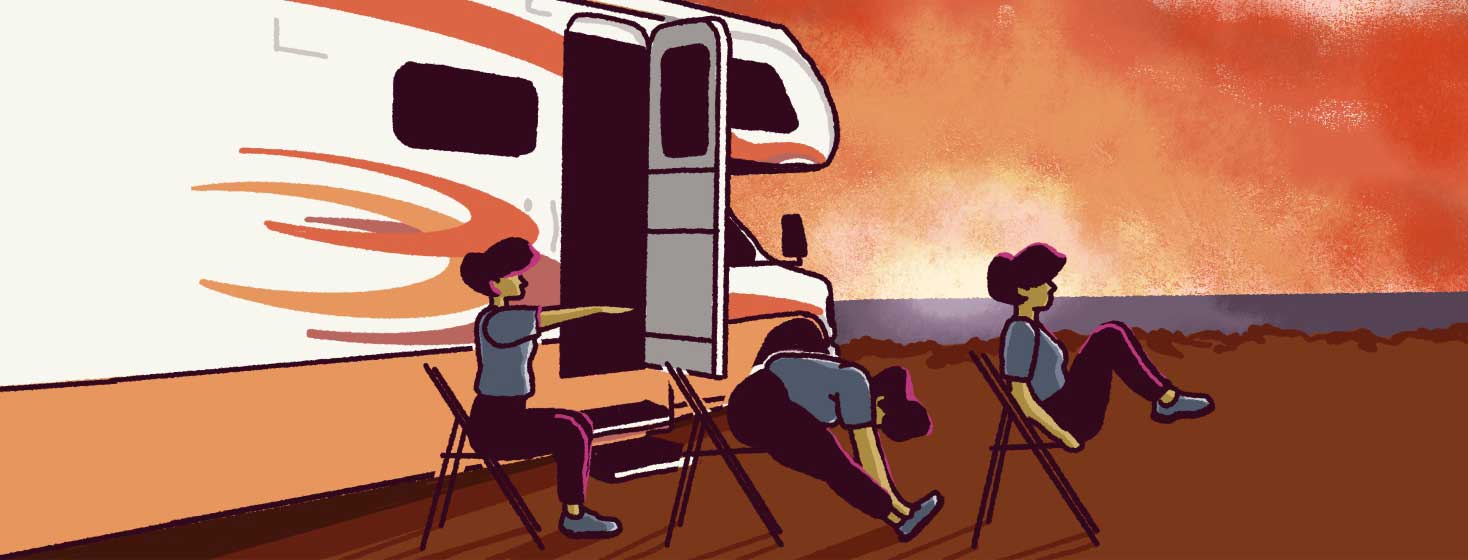Traveling With Endo, Dysautonomia, and MCAS
For the past six months, I have been traveling. A follow-up doctor's appointment in the first few weeks confirmed I have dysautonomia and mast cell activation syndrome. This is not uncommon for someone with endometriosis, and you can read about the associations here.
Traveling with chronic conditions
I incorporated a few things when I travel to help ease the effects of my conditions.
Hydration and salt levels
Adding salt and hydration can improve POTS and dysautonomia symptoms.1 I had been using a supplement specifically for dysautonomia for the first few months of traveling, but by the time I had decided they helped, I couldn’t get them shipped to the country we had moved onto.
The lesson? Try to be as prepared as possible. I couldn’t have been given that my diagnosis was during traveling, and I needed to test these supplements before committing to buying multiple in advance, so being flexible was my next best option.
Once my supplements ran out, I started making my own electrolyte drinks. These contain minerals and salts that help to hydrate and rebalance our salt levels in the body.
I drink plenty of water, but if you don’t, this could be a small change to try and keep on top of. We would buy six packs of 2-liter bottles on the road and sip them across the journey.
Movement
Though these conditions can make us feel like we don’t want to move, they can get worse when we don’t, but when you’re on the road for eight hours at a time, that can be a challenge!
One of the most helpful strategies for me was doing a short yoga or Pilates routine in the morning. It would help ease some of the aches and support my circulation. This is essential for dysautonomia.
Following this, I use blood sugar balancing to manage my hormones and inflammation levels. Blood sugar spikes can be avoided with 10 minutes of movement after meals, so if we had to eat in the car, I’d do 10 minutes, which is adapted to sitting!
Of course, stop as frequently as your journey allows and walk around a bit. Sometimes, this was just 10 minutes looping around the gas station.
Be flexible with food
Your options are limited when you’re on the road, eating at gas stations. I tried to mix up the quality choices with better ones when I could.
If we came across a supermarket, we’d get something healthier that could be eaten cold for breakfast, dinner, or in the car for lunch, so we didn’t have to buy from gas stations. There were nights when we ate salads out of hotel coffee cups, but at least we got some veggies in.
For the meals where the service stations were our only options, I would choose the foods I was least reactive to and would try to add some extra fat, fiber, or protein to support blood sugar balance, such as nuts.
Have easy access to your tools
I take some supplements to help me stay well and minimize my symptoms. I made sure they stayed in a small bag at the front of the car, so I wouldn’t forget to take them.
I also included earplugs, my eye mask, and blue-blocking glasses to ensure I could sleep well at night because symptoms are worsened by lack of sleep, and you never know how loud or bright a hotel room might be, especially if it’s on a roadside.
Finally, any symptom relief tools I needed also stayed in this small bag. Do you have any tips that you would add to this list? Share in the comments below.

Join the conversation